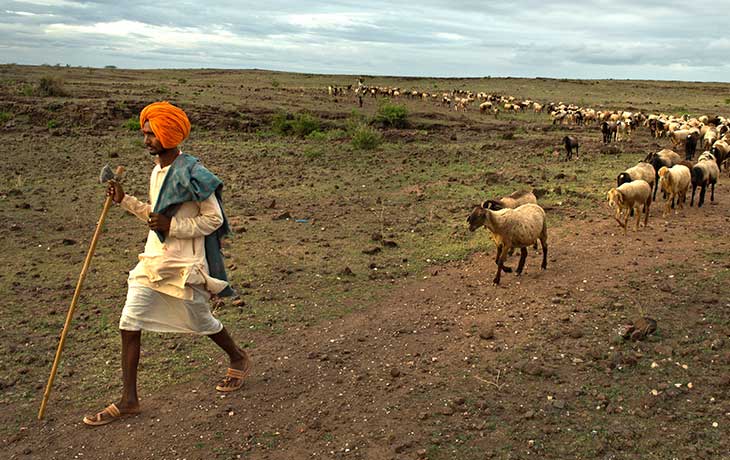The Bedouins, traditionally nomadic pastoralist communities residing in arid and semi-arid regions, face unique challenges due to their reliance on fragile ecosystems and traditional livelihoods.
The multifaceted impact of climate change on Bedouin communities, with a focus on the environmental, social, and economic dimensions.
A community that has predominantly thrived in the arid regions of the Middle East and North Africa for centuries, is facing significant challenges due to the effects of climate change.
With their unique way of life intricately tied to the delicate balance of the desert environment, Bedouins are experiencing a range of impacts, from dwindling water resources and shifting weather patterns to the loss of grazing lands for their livestock.
Water Scarcity and Dwindling Resources
One of the most processing concerns for the Bedouins in the scarcity of water resources in the desert. Global warming has led to increased evaporation rates, reduced rainfall, and erratic weather patterns, leaving the Bedouins with limited access to water.
Traditional wells and underground springs, once the reliable sources are now drying up or becoming contaminated when coupled with population growth in the water-scarce regions, have been acting as a greater stressor.
For instance, inconsistent rainfall, high temperatures and unexpected population influx due to the Syrian civil war have made Jordan vulnerable to climate change.
Traditional techniques of water conservation like rainwater harvesting, are not sufficient to mitigate water scarcity. According to the International Monetary Fund (IMF), climate disasters in the Middle East and South Africa (MENA) region have injured and displaced seven billion people annually and have claimed hundreds of lives.
Shifting Weather Patterns and Extreme Events
Climate change has resulted in unpredictable and extreme weather events, including more frequent and intense droughts, heat waves, and flash floods. In places like Jordan, the main source of water and underground water is rain.
These changes disrupt the Bedouin’s ability to plan their movements and find suitable grazing grounds for their livestock.
Bedouins, known for their deep knowledge of the desert, are adapting their traditional knowledge to these changing conditions.
They are diversifying their livestock to include more resilient breeds, developing early warning systems to detect approaching storms and implementing land management practices that promote sustainable grazing.
Loss of Grazing Lands and Biodiversity
According to a report by the United Nations Convention to Combat Desertification (UNCCD), around 500 million people across the globe are pastoralists vis-à-vis the traditional nomadic livestock keepers who occupy rangelands. Rapid climate change jeopardizes their livelihoods.
The expansion of desertification, driven by climate change, had led to the degradation of vast stretches of grazing lands, reducing the availability of natural resources for the Bedouins.
This loss of biodiversity affects not only their livestock but also disrupts the delicate balance of the desert ecosystem on which they depend.
In response, Bedouin communities are exploring alternative livelihood options such as eco-tourism, handicraft production, and sustainable agriculture.
These initiatives not only generate income but also promote the conservation of local biodiversity, ensuring a more resilient future for both the Bedouins and their natural surroundings.
Cultural Resilience and Traditional Knowledge
For the Bedouins, the challenges posed by climate change extend beyond the physical environment. Climate change threatens the very fabric of their cultural identity and way of life, which is deeply connected to the desert and its rhythms.
Recognizing the eminence of preserving their traditions, Bedouin communities are actively engaged in revitalizing their cultural practices and passing on the traditional knowledge to future generations. They are embracing modern education while simultaneously maintaining the knowledge of their ancestors, ensuring the sustainability of their unique cultural heritage.
Conclusion
The impact of climate change on Bedouin communities is a clear example of how environmental challenges can have far-reaching consequences for indigenous and nomadic cultures.
Despite the numerous hurdles they face, the Bedouins are demonstrating remarkable resilience and resourcefulness in adapting to a rapidly changing world.
The international community continues to address the dire need for climate action, it is crucial to acknowledge and support the efforts of the Bedouins and other vulnerable marginalized communities in mitigating the impacts of global warming.


